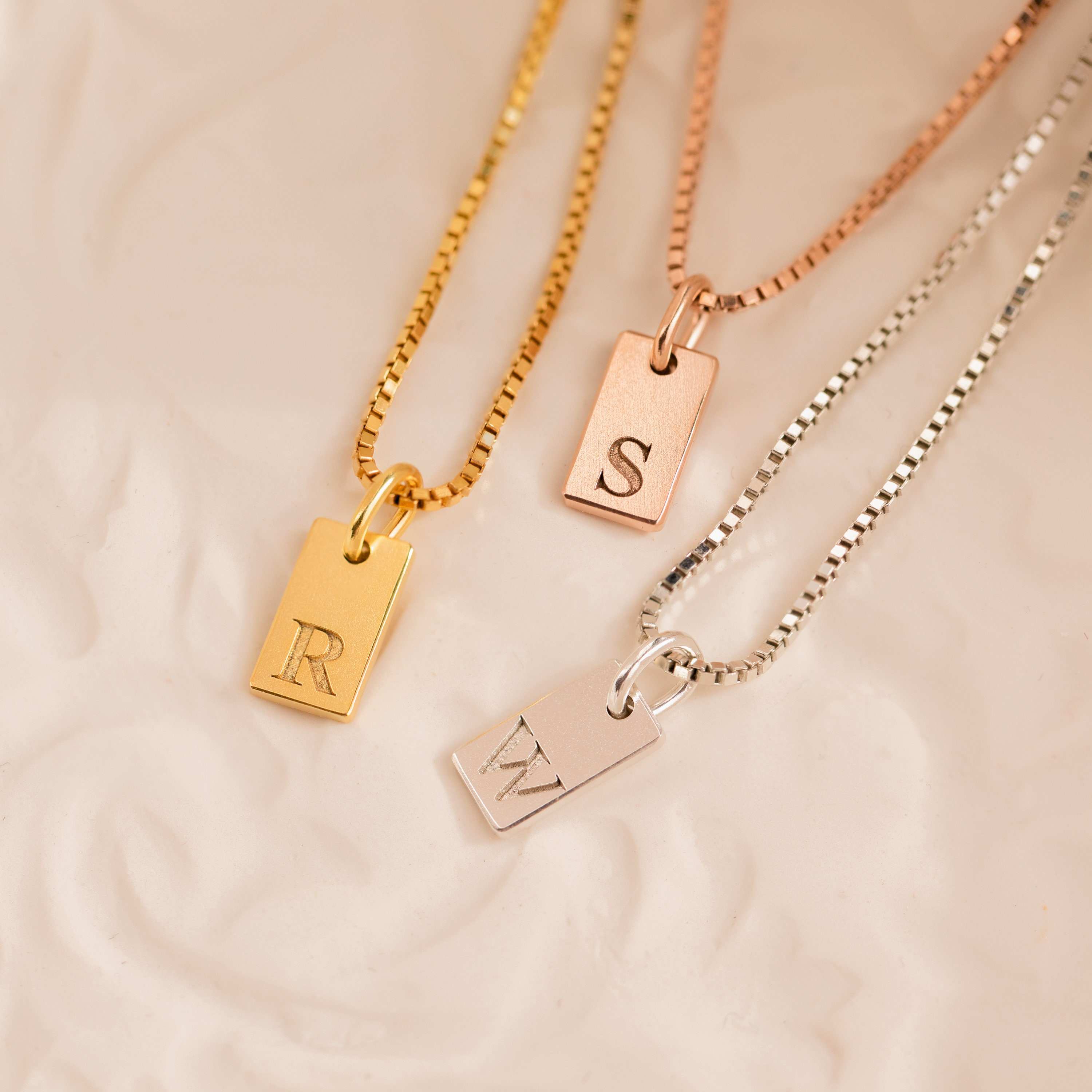
- English
- Español
- Português
- русский
- Français
- 日本語
- Deutsch
- tiếng Việt
- Italiano
- Nederlands
- ภาษาไทย
- Polski
- 한국어
- Svenska
- magyar
- Malay
- বাংলা ভাষার
- Dansk
- Suomi
- हिन्दी
- Pilipino
- Türkçe
- Gaeilge
- العربية
- Indonesia
- Norsk
- تمل
- český
- ελληνικά
- український
- Javanese
- فارسی
- தமிழ்
- తెలుగు
- नेपाली
- Burmese
- български
- ລາວ
- Latine
- Қазақша
- Euskal
- Azərbaycan
- Slovenský jazyk
- Македонски
- Lietuvos
- Eesti Keel
- Română
- Slovenski
- मराठी
- Srpski језик
How 3D printing is changing the jewelry industry
2023-12-06
Proofing process of 3D printing jewelry industry
In traditional jewelry design, hand-drawn paper designs are basically used. After years of technology development, HY jewelry designers turned to computer-aided design CAD software tools to create prototypes. Rings, bracelets, earrings, and necklaces can all use CAD models, and the three-dimensional design can be easily displayed.
The impact of 3D printing in the jewelry industry
· It reduces production time
Prototyping allows jewelry designers to quickly produce jewelry prototypes or patterns for casting. Therefore, it enables jewelry designers to focus more time on the design phase. For example, developing new creative designs.
· It improves customization
In addition, 3D printing has opened up a precedent for the jewelry industry that wants to design and produce ODM&OEM. According to the needs of jewelry designers, jewelry manufacturers can quickly modify the size, shape or details of the work in CAD software to achieve satisfactory products.
·It costs less
Traditional jewelry production methods are more expensive to produce prototypes due to the complexity of the design. The “handmade” part of traditional jewelry design methods makes it more complex and expensive than the 3D printed jewelry production process. Moreover, there is less chance of making mistakes when using CNC jewelry sampling services.
Limitations of sample making in jewelry making
Although rapid prototyping is increasingly important in the jewelry industry, there are limitations. This limitation is complicated by the difficulty of hand-making. Jewelry is now made using rapid prototyping processes such as 3D printing and CNC machining. Perfectly solves the problem of limitations.


Application of 3D printing in jewelry design
3D printing is a type of rapid prototyping technology, also known as additive manufacturing. It is a technology that uses adhesive materials such as powdered metal or plastic to construct objects through layer-by-layer printing based on digital model files. .
3D printing is usually achieved using digital technology material printers. It is often used to make models in the fields of mold manufacturing, industrial design and other fields, and is gradually used in the direct manufacturing of some products. There are already parts printed using this technology. The technology has applications in jewelry, footwear, industrial design, architecture, engineering and construction (AEC), automotive, aerospace, dental and medical industries, education, geographic information systems, civil engineering, firearms and other fields.
How 3D printing is changing the jewelry industry
3D printing has dramatically changed jewelry production as a rapid prototyping process. Here are a few ways it does this great job:
· It increases design freedom
With the ability to use rapid prototyping like HY autonomously, 3D printing can put a lot of power back into the hands of jewelry designers, increasing production speed and improving the prototyping stage. Using 3D design and printing can achieve details, solid geometries, shape lattices and complex hollow structures that are impossible to achieve using other manufacturing methods.
· It is less expensive than traditional jewelry production methods
Another important benefit of using additive manufacturing during the jewelry design stage is that it is less expensive. With this technology, jewelry prototype manufacturers can quickly prototype using low-cost plastic materials to quickly get the look of the final piece.
In jewelry making, the final look is important. It enables designers to check the fit, proportion and overall appearance of the piece in question, whether it is a pendant, bracelet, ring or necklace.
If a piece of jewelry's design is flawed or doesn't meet the designer's standards, it can easily be re-edited and reprinted without adding significant material cost or time.
· It improves the production process
The lost wax casting method is a production process in ancient China. In modern times it is still the method used to render the finest details in metalwork. Such products are often difficult to manufacture due to their cumbersome design. The lost wax method allows any metal to completely and faithfully reproduce the appearance of its wax pattern. Therefore, this method is still widely used in fields such as sculpture, jewelry processing, dentistry and industrial restoration. However, it is now possible to 3D print jewelry models out of a wax-like material.
The process involves printing the models with a wax material and coating them with a plaster material to form the mold. The plaster mold and wax pattern can then be heat treated to solidify the mold and burn off the wax. Finally, you can cast and remove the resulting mold using the desired metal material.
At HY, we offer a wide range of jewelry prototyping services and production applications. You can learn more about 3D printing resources here.



